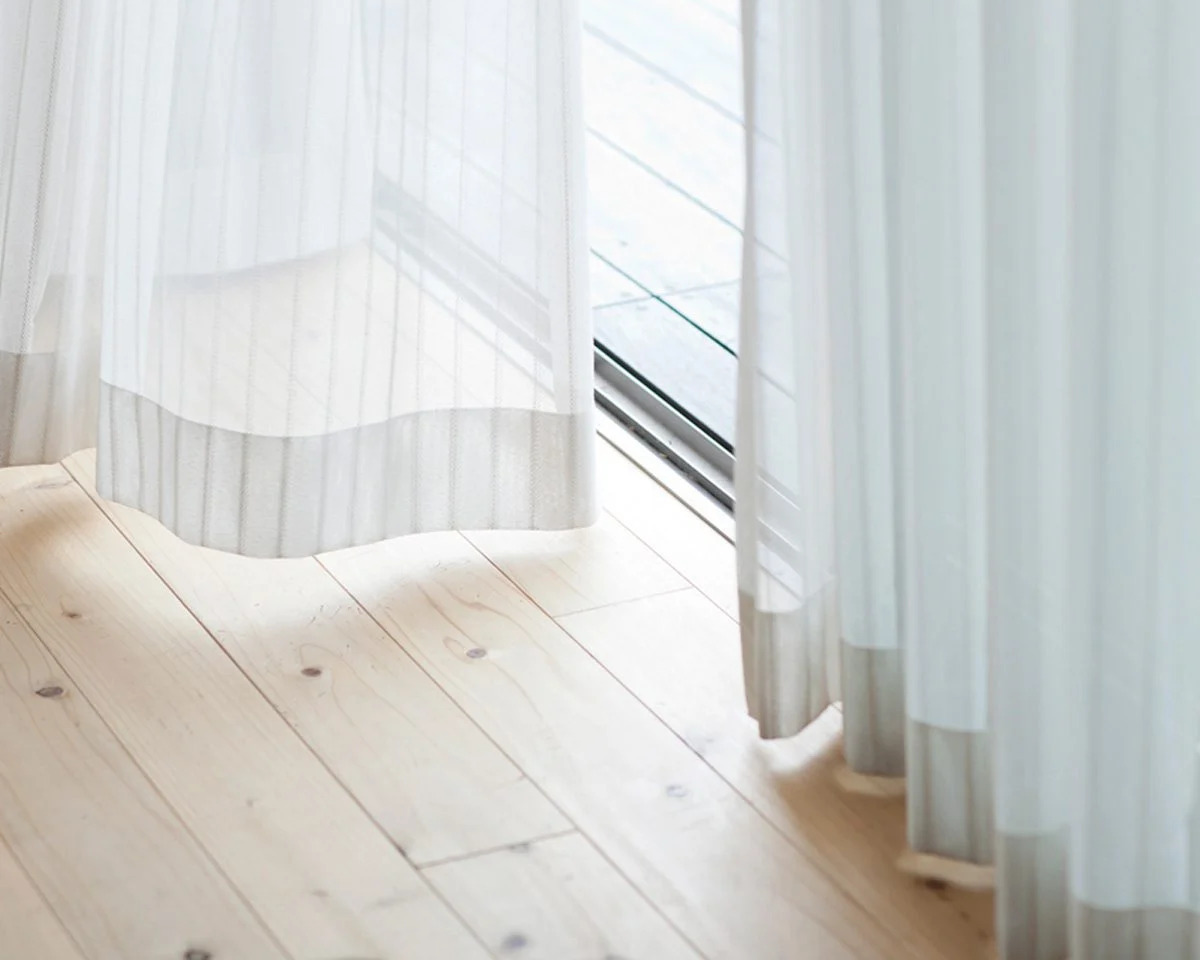

Articles
How Far Off Floor Should Curtains Be
Modified: February 24, 2024
Discover the ideal height for hanging your curtains and how far off the floor they should be. Read our informative articles to achieve the perfect window dressing.
(Many of the links in this article redirect to a specific reviewed product. Your purchase of these products through affiliate links helps to generate commission for Storables.com, at no extra cost. Learn more)
Introduction
When it comes to home décor, curtains play a significant role in creating a cozy and stylish ambiance. However, determining the ideal height for curtains can be a daunting task for many homeowners. Should they hang just above the windowsill, graze the floor, or puddle elegantly on the ground?
In this article, we will delve into the factors to consider when determining the height of curtains and provide recommendations for the recommended distance from the floor for different types of curtains. Whether you’re revamping your living room, bedroom, or any other space, understanding the ideal curtain length will help you achieve a polished and cohesive look.
So, let’s dive in and discover how far off the floor your curtains should be.
Key Takeaways:
- Achieving the perfect curtain length involves considering factors like window type, room function, and personal style. Experiment, measure accurately, and consult professionals to elevate your space with the ideal curtain height.
- Whether opting for standard, floor-length, or cafe curtains, the perfect length enhances the room’s ambiance. Consider furniture placement, flooring type, and curtain fabric, and don’t hesitate to experiment and adjust for a visually pleasing result.
Read more: How Far Off The Floor Should Curtains Be
Factors to consider when determining the height of curtains
When deciding on the height of your curtains, there are a few factors to consider to ensure you achieve the desired aesthetic and functionality:
- Window type and size: Take note of the type and size of your windows. For standard-sized windows, curtains that hang just above the windowsill can create a clean and crisp look. However, for larger windows, floor-length curtains can add a touch of elegance and drama.
- Room purpose: The purpose of the room will also influence your decision. For example, in a bedroom, you may want curtains that provide privacy and block out light. In this case, curtains that extend past the window frame and touch the floor will be ideal. In a living room or dining area, you may opt for curtains that stop just above the floor for a more casual and contemporary feel.
- Pets and children: If you have pets or young children, you may want to consider hanging your curtains higher to prevent them from being easily pulled or damaged. This will also create a safer environment for your little ones.
- Architectural features: Take into account any architectural features in the room, such as baseboards, crown molding, or radiators. You may want to hang your curtains just above or below these elements to maintain a visually pleasing and balanced look.
- Personal style: Ultimately, your personal style and preference should guide your decision. Some individuals prefer their curtains to barely graze the floor, while others like them to puddle gracefully. Consider the overall aesthetic you’re aiming for in your space, whether it’s modern, traditional, or eclectic, and choose a curtain length that aligns with your style.
By taking these factors into account, you can determine the height that best suits your windows and enhances the overall look and feel of your room. Let’s delve into the recommended distance from the floor for different types of curtains.
Recommended distance from the floor for different types of curtains
The optimal distance from the floor for your curtains may vary depending on the type of curtains you have. Here are some general guidelines to help you achieve the perfect curtain length:
- Standard curtains: For standard curtains, it is commonly advised to hang them so that they just touch the floor or have a slight break of about 0.5-1 inch. This allows for a neat and tailored appearance without dragging on the floor.
- Floor-length curtains: These curtains are designed to extend all the way to the floor, gracefully pooling on the ground. Floor-length curtains create an elegant and luxurious look, especially in formal living spaces or bedrooms.
- Café curtains or tier curtains: These partial-length curtains are typically used in kitchens, bathrooms, or breakfast nooks. They hang halfway down the window, allowing for privacy while still allowing natural light to filter in.
- Valances or swags: Valances and swags are decorative curtain toppers that do not reach the floor. They are typically used to add a touch of style and enhance the overall window treatment.
Keep in mind that these are general recommendations, and you can adjust the curtain length based on your specific preferences and the look you want to achieve for your space.
Now that we’ve discussed the recommended distances for different types of curtains, let’s explore some additional factors to consider when determining the distance from the floor for curtains.
Curtains should hang 1/2 inch above the floor to prevent dragging and maintain a clean look. If using a thicker fabric, they can hang slightly above the floor for a more tailored appearance.
Factors to consider when determining the distance from the floor for curtains
While there are general guidelines for the recommended distance from the floor for different types of curtains, it’s important to take into account a few additional factors to ensure the perfect curtain length:
- Room function: Consider the function of the room where the curtains will be hung. In bedrooms and living rooms, longer curtains that touch or puddle on the floor can create a sense of luxury and elegance. However, in high-traffic areas like kitchens or hallways, shorter curtains that hover just above the floor are more practical and less likely to get in the way.
- Furniture placement: Take into consideration the position of furniture near the windows. If you have sofas, chairs, or other pieces of furniture placed against the wall, you may want to hang your curtains slightly above the floor to prevent them from getting caught or tangled with the furniture.
- Flooring type: The type of flooring in the room can also influence the curtain length. If you have carpeted floors, curtains that graze the floor or have a slight break can create a seamless and polished look. However, if you have hardwood or tile floors, you may want to let the curtains extend all the way to the floor for added warmth and coziness.
- Aesthetic preferences: Your personal aesthetic preferences should play a significant role in determining the curtain length. Some individuals prefer curtains that create a clean and tailored look by hanging just above the floor, while others love the romantic and luxurious appearance of floor-length curtains. Consider your overall style and choose a curtain length that aligns with your preferences and enhances the visual appeal of the space.
- Curtain fabric: The type of fabric used for your curtains can also impact the recommended distance from the floor. Lightweight and sheer fabrics often look stunning when they graze the floor, creating an ethereal and airy effect. Heavier fabrics like velvet or brocade may benefit from a slight break, providing a more structured and elegant look.
By considering these factors, you can determine the optimal distance from the floor for your curtains, ensuring a cohesive and visually pleasing look in your space.
Now that we’ve covered the factors to consider let’s explore some tips for achieving the perfect curtain length.
Tips for achieving the perfect curtain length
Here are some helpful tips to ensure you achieve the perfect curtain length for your windows:
- Measure twice: Before purchasing or installing curtains, it’s crucial to measure twice to avoid any errors. Measure the height from the curtain rod or track to the floor to determine the desired curtain length.
- Consider adding extra length: Adding a few extra inches to the measured length can prevent the curtains from appearing too short once they are hung. This allows for a slight break or gentle pooling effect on the floor.
- Use fabric samples: If you’re unsure about the curtain length, consider obtaining fabric samples to see how they drape and touch the floor. This will help you visualize the look before making a final decision.
- Consult a professional: If you’re still uncertain about the ideal curtain length for your space, it may be beneficial to consult with a professional interior designer or curtain specialist. They can provide expert guidance based on your specific needs and preferences.
- Experiment with different lengths: Don’t be afraid to experiment with different curtain lengths. Hang the curtains at varying heights and step back to assess the visual impact. Sometimes, seeing the curtains in place can help you make a more informed decision.
- Consider hemming: If you’ve purchased curtains that are too long, don’t hesitate to have them hemmed to achieve the desired length. Hemming curtains is a straightforward process that can be done by a professional or even as a DIY project.
- Regularly assess and adjust: Over time, the curtain length may need to be adjusted due to changes in furniture placement, flooring, or personal preferences. Regularly assess the curtain length to ensure it still fits the overall aesthetic of the room.
Remember, achieving the perfect curtain length is a matter of personal taste and the desired aesthetic for your space. Experimentation and attention to detail will help you find the ideal length that complements your windows and enhances your overall home décor.
Now that we’ve explored the tips, let’s summarize what we’ve discussed so far.
Read more: How Far Should Drapes Be Off The Floor
Conclusion
Determining the ideal height for curtains can greatly impact the overall look and feel of your space. By considering factors such as window type and size, room function, furniture placement, and personal style, you can make an informed decision regarding the distance from the floor for your curtains.
For standard curtains, a slight break or curtains that just touch the floor are commonly recommended. Floor-length curtains create a more luxurious and dramatic look, while cafe curtains or valances add a touch of style to specific areas.
Additional factors to consider include the room’s function, flooring type, and curtain fabric. While guidelines exist, your personal aesthetic preferences should ultimately guide your decision-making process.
To achieve the perfect curtain length, it’s important to measure accurately, consider adding extra length, and even consult with professionals if needed. Experimentation, fabric samples, and regular assessment will help you fine-tune the curtain length to achieve a harmonious and visually pleasing result.
So, whether you choose curtains that hover just above the floor or cascade down to create an elegant puddle, remember that the right curtain length can elevate the overall ambiance of your space and reflect your unique style.
Now armed with the knowledge of factors to consider and helpful tips, you can confidently select the ideal curtain length that will transform your windows into stunning focal points in your home.
Frequently Asked Questions about How Far Off Floor Should Curtains Be
Was this page helpful?
At Storables.com, we guarantee accurate and reliable information. Our content, validated by Expert Board Contributors, is crafted following stringent Editorial Policies. We're committed to providing you with well-researched, expert-backed insights for all your informational needs.





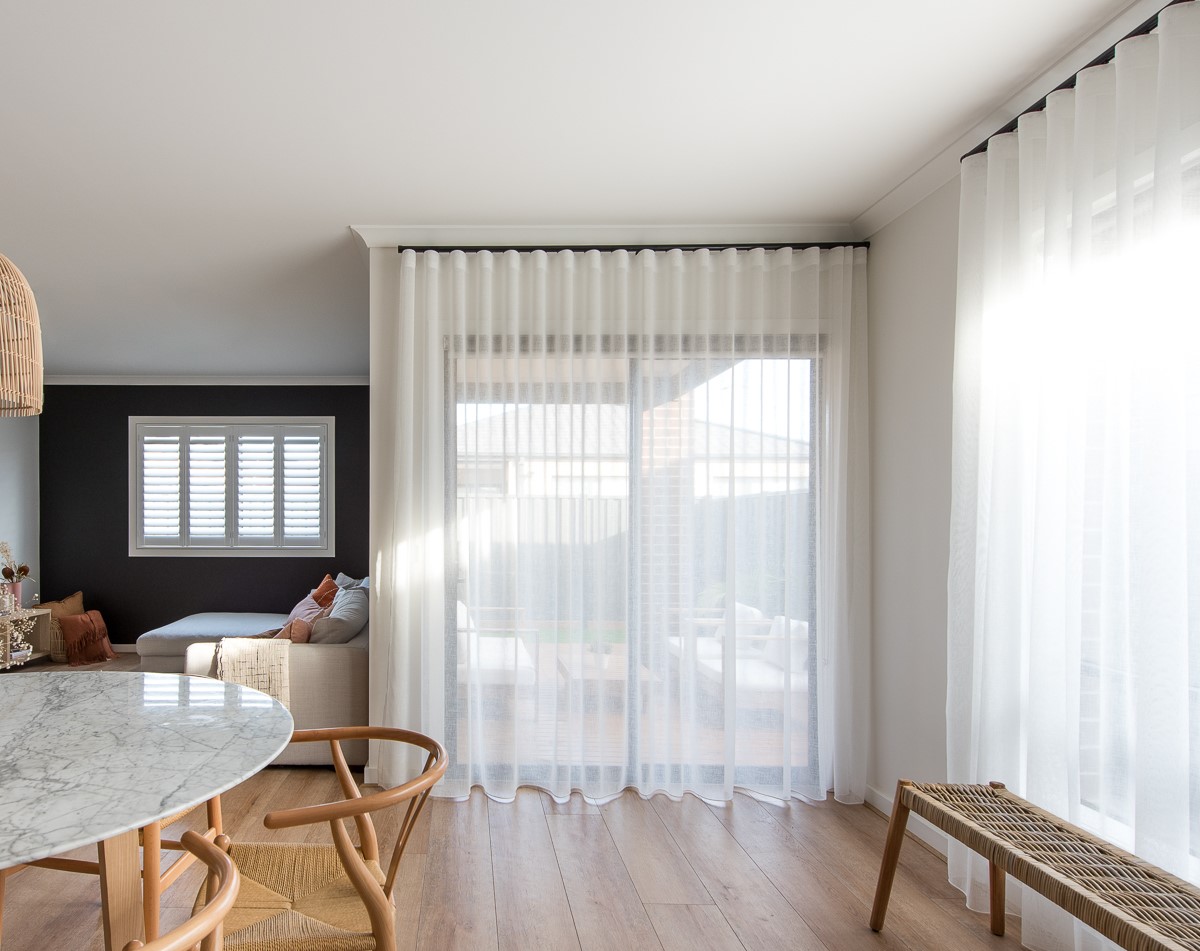


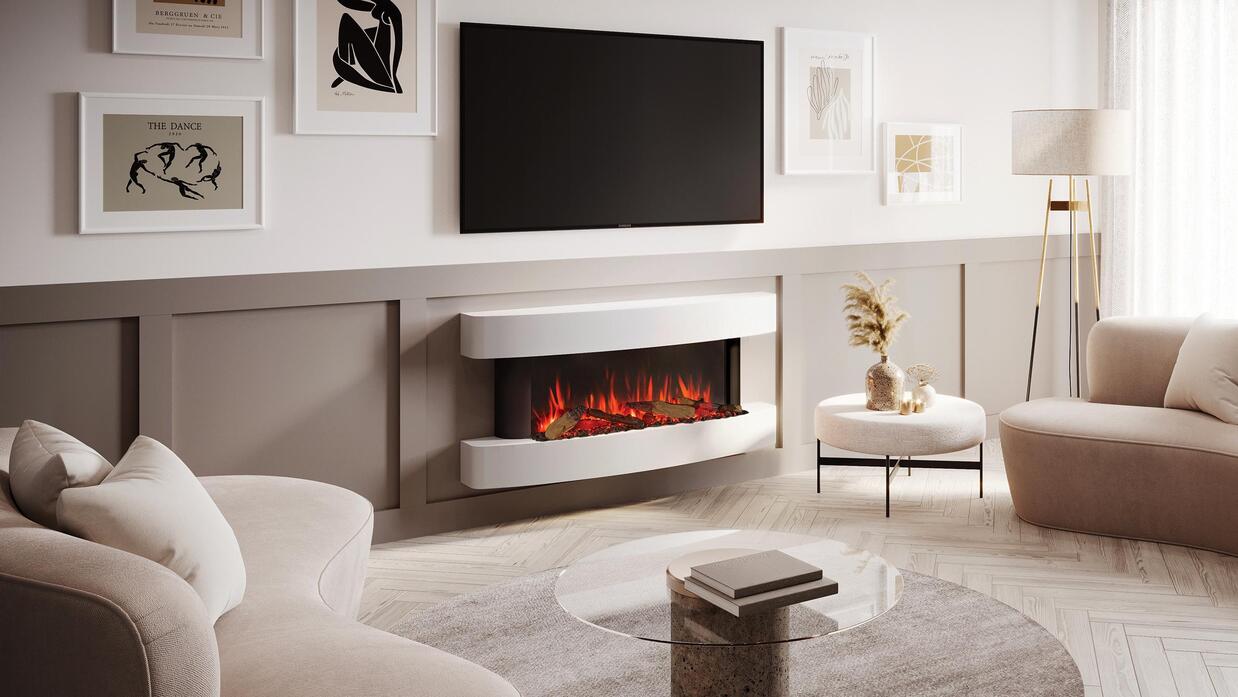
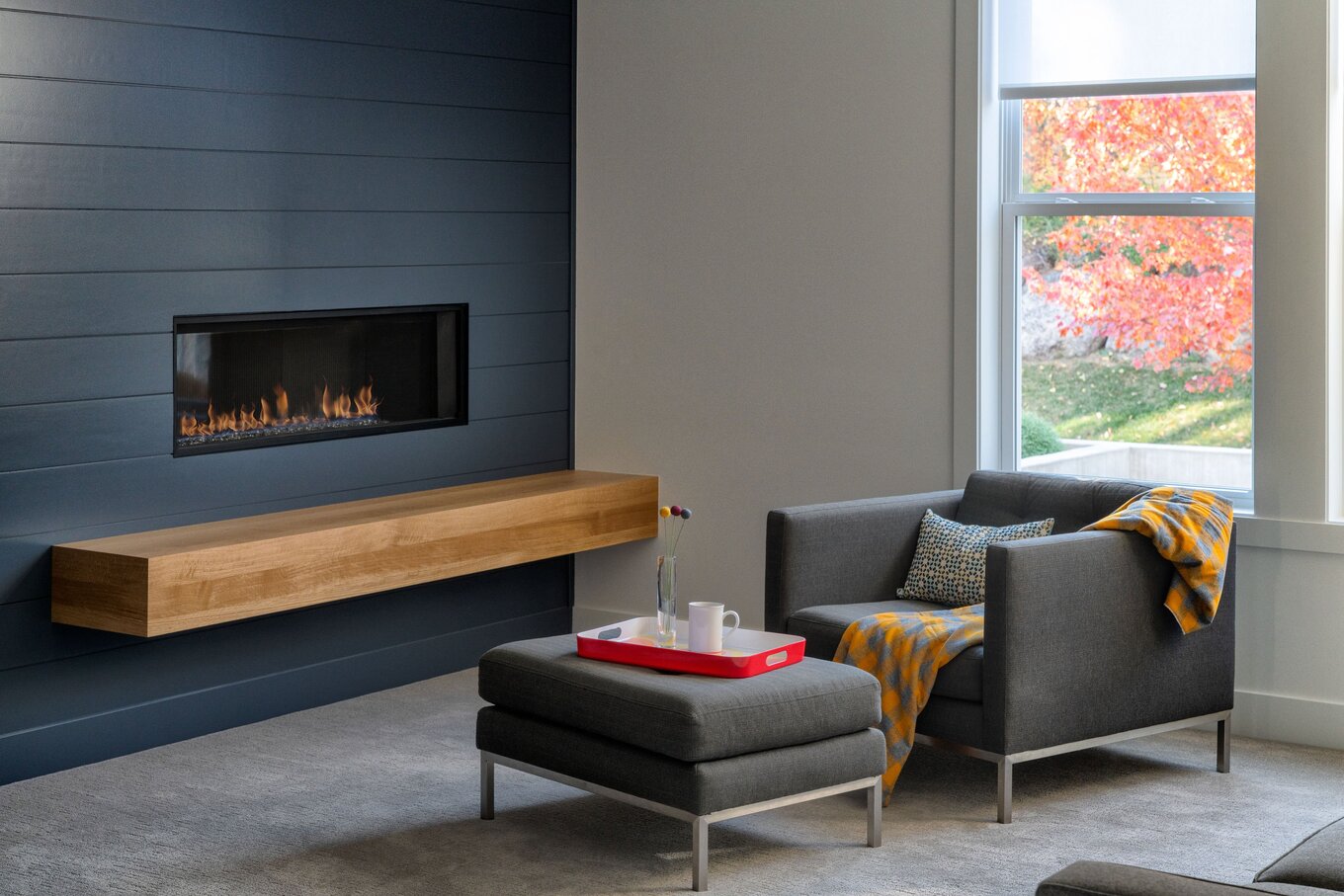


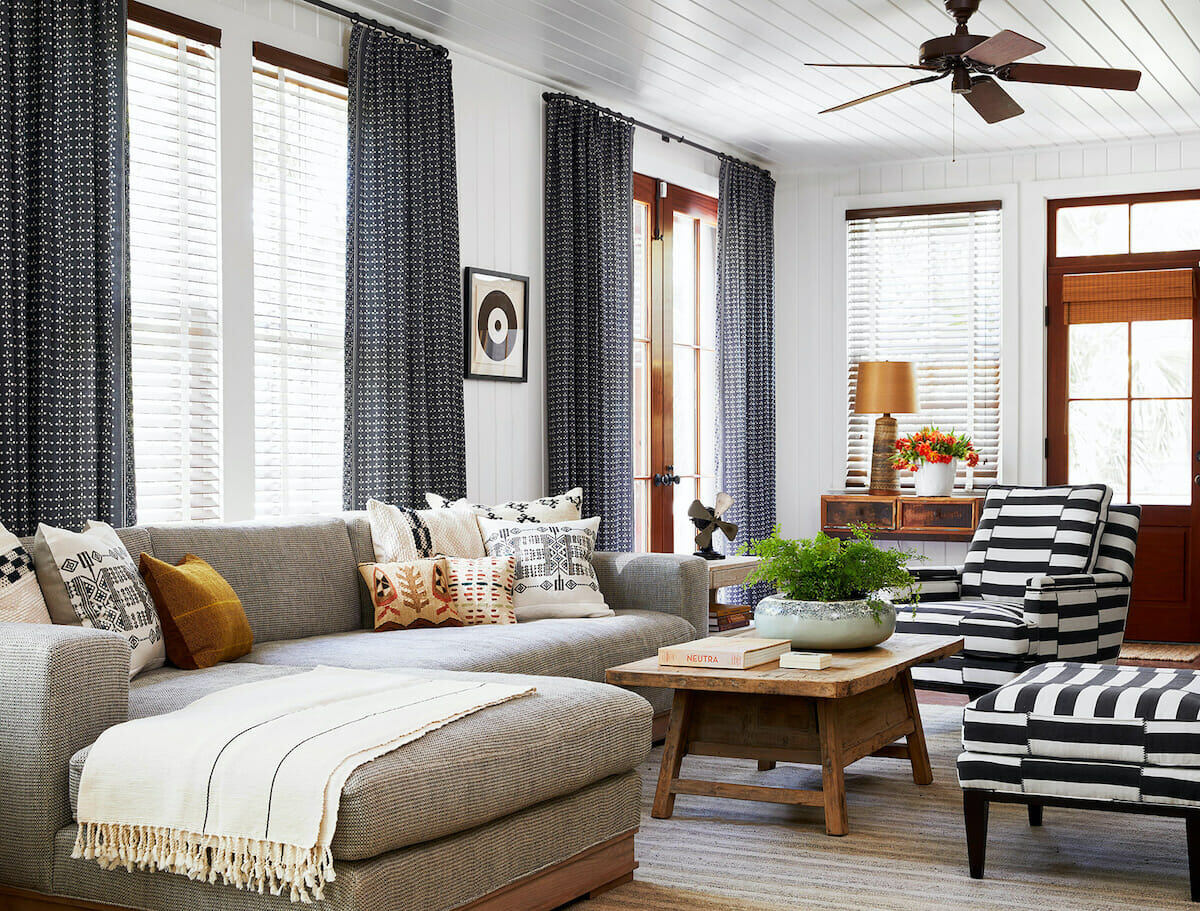
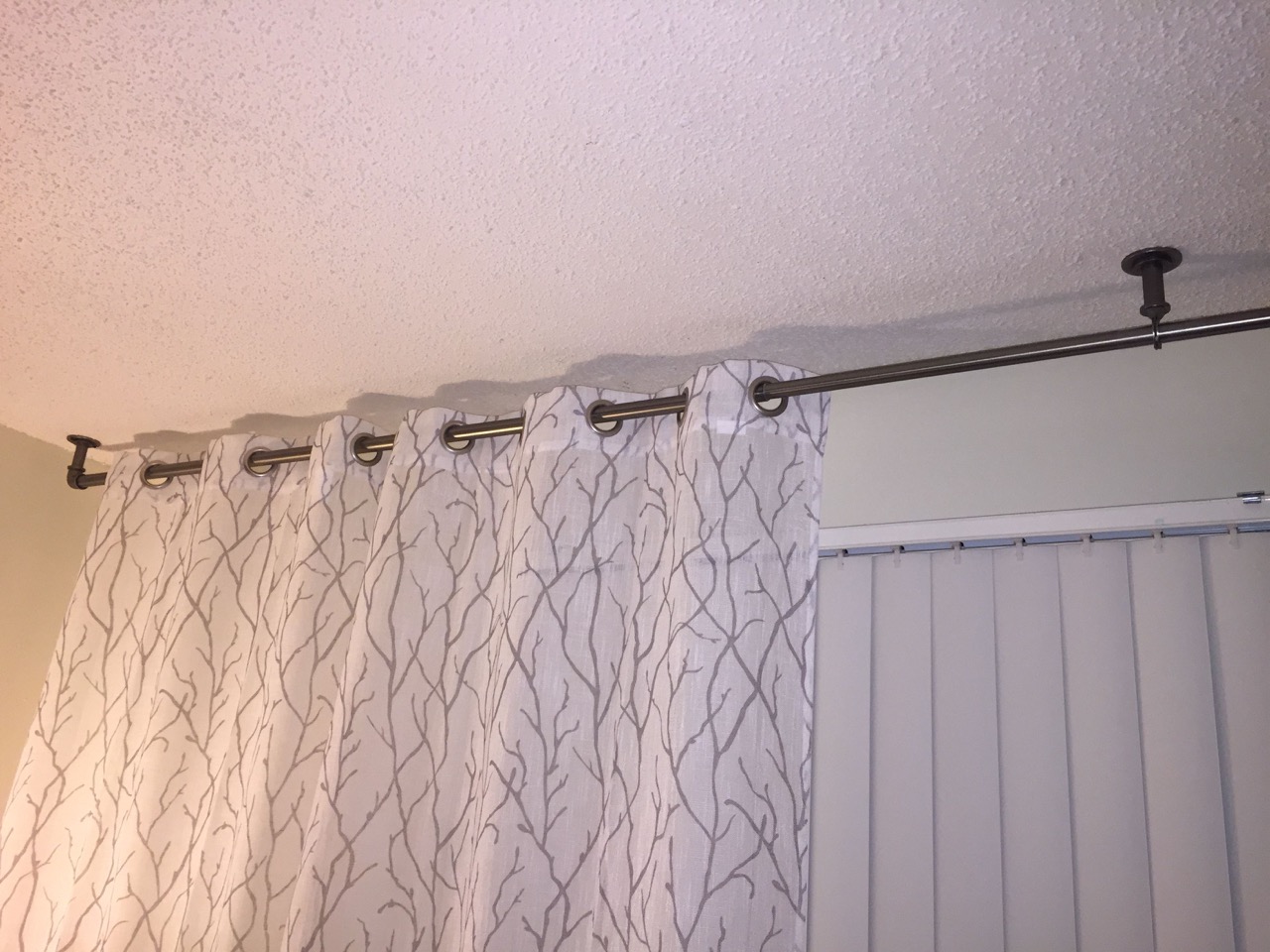

0 thoughts on “How Far Off Floor Should Curtains Be”